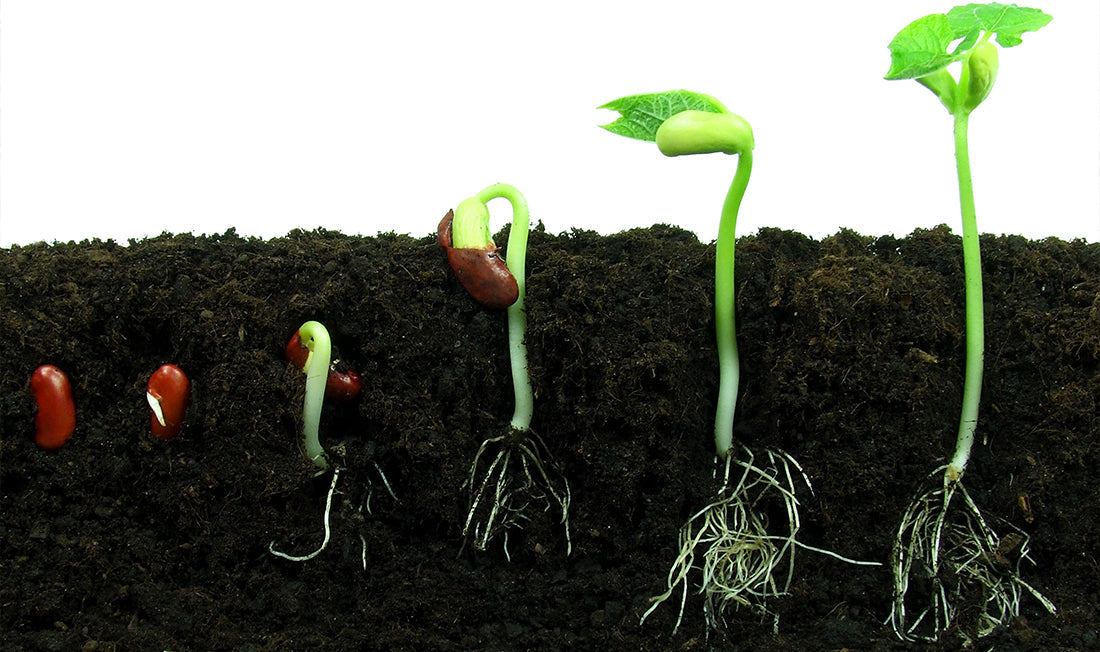The Differences between Monocots and Dicots
If you're a homeowner, you might be familiar with the terms monocots and dicots when it comes to plants. But what do these words mean? How are monocotyledonous and dicotyledonous plants different, and why is it important to know the difference? Read on to find out!
Monocots vs. Dicots
The term "monocots" refers to plants whose seeds contain one cotyledon (an embryonic leaf). These include grasses, lilies, orchids, palms, and bamboo. These plants typically have leaves with parallel veins and thin leaves that don't grow very wide. They also tend to have fibrous root systems instead of deep-tap roots.
Dicots, on the other hand, are plants whose seeds contain two cotyledons. This includes most garden flowers, such as roses, daisies, sunflowers, and marigolds. These plants typically have leaves with branching veins and wide leaves that can grow up to several inches in diameter. They also tend to have deep-tap roots rather than fibrous root systems.
It's important to note that there are exceptions to every rule—some monocots may have branching veins or wider leaves, while some dicots may have parallel veins or thinner leaves—but this is a general rule of thumb when it comes to distinguishing between monocotyledonous and dicotyledonous plants.

Recap
Monocotyledonous plants typically have parallel veins in their leaves and fibrous root systems, while dicotyledonous plants usually have branched veins in their leaves and deep taproots. Homeowners need to know the differences between these two types of plants to choose the right ones for their gardens. With this knowledge about monocots vs. dicots at your disposal, you'll be able to pick out the perfect plant for any outdoor space!









